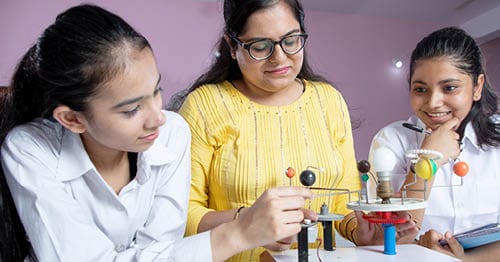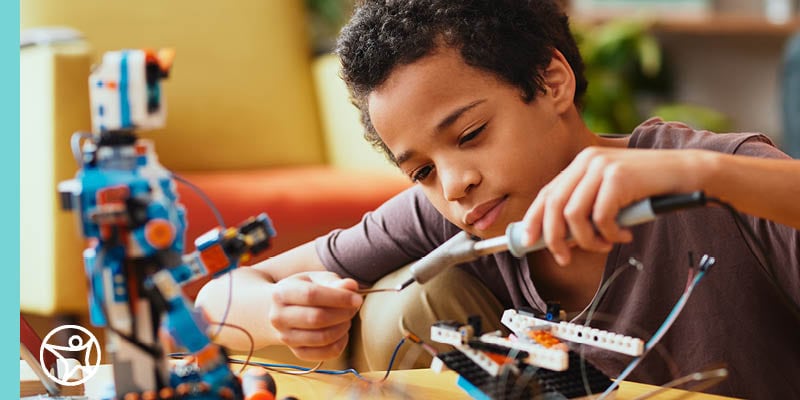What You Should Know About Online AP® Classes
by Julie Hersum
byConnections Academy
3 min to readCaregivers often understand the constant challenge of finding activities for gifted students that stimulate their minds and keep them motivated in school. Enter the world of STEM, offering new opportunities for exploration and learning.
STEM education encourages critical thinking, creative problem-solving, and applying knowledge to real-world scenarios through Science, Technology, Engineering, and Mathematics.
Activities that incorporate STEM can be enjoyed by students of all ages and skill levels. Caregivers and Learning Coaches of gifted students can use the following STEM activity ideas to supplement their day-to-day learning, introduce them to new STEM learning topics, or keep their brains active during school breaks.
Science
Technology
Engineering
Math
Science
Technology
Engineering
Math

Science
Technology
Engineering
Math
Remember, this is just a starting point! STEM offers endless possibilities for exploration, learning, and other resources for gifted students.
If your student is enrolled in a Connections Academy-supported school, they may be interested in joining a Gaming and Technology club or a STEM-related pop-up event.
By providing your gifted child with diverse learning experiences, fostering curiosity, and encouraging exploration, you can help them embark on a lifelong journey of discovery and innovation in STEM.
by Julie Hersum
by Trey Edgington
by Charlotte Davies
